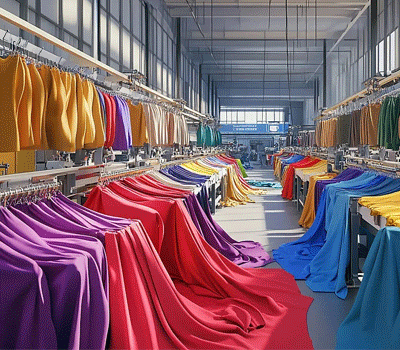Steam Rotary Joint in Textile Industry
The textile industry is one of the most fast-paced sectors, with the need for continuous production, precision, and efficiency. A critical component that plays a significant role in improving production reliability and minimizing downtime is the rotary joint. These essential devices enable the transfer of fluids, such as water, oil, steam, or air, to moving machinery while allowing for rotation. Their importance in textile production cannot be overstated, as they ensure that the machines operate smoothly and efficiently. In this blog, we will explore how rotary joints contribute to the textile industry, their types, benefits, and how they enhance the performance of textile machines.
How Do Rotary Joints Work in the Textile Industry?
In textile operations, machines such as dyeing machines, drying cylinders, and rotary printing machines require continuous fluid supply (e.g., steam or water) for heat transfer, cooling, or lubrication. Rotary joints provide a seal for fluid channels, allowing a continuous flow of fluid from a fixed pipeline to a rotating drum or roller. Without rotary joints, managing fluid flow in rotating machinery would be a complex and inefficient process.

